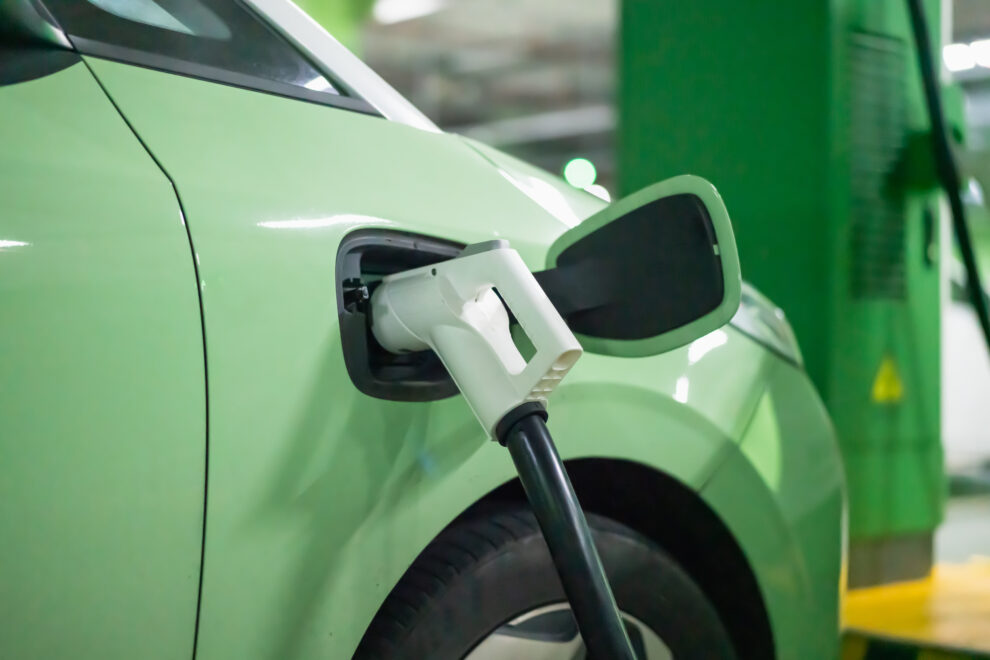The EV maker’s stock has been on a roller-coaster ride this year.
Shares of electric vehicle maker (EV) maker Rivian Automotive (RIVN 2.66%) have been on a roller-coaster ride this year — slumping in the first quarter, then rising through mid-July, and then falling once again. Year to date, the volatile stock is now down more than 50%.
Given Rivian’s recent gyrations, investors may be wondering if the stock is a buy, sell, or hold at this point. Let’s look at each case.
The Rivian buy case
In order to be a buyer of Rivian stock, one must first believe that the company can successfully push down the price it costs to make its vehicles. In its early days as a public company, Rivian has seen solid demand for the luxury EV SUVs it makes. However, it has been selling these popular vehicles at a negative gross margin.
In order to drive down its vehicle manufacturing costs, the company has made a number of changes with its next-generation model and retooled its factory to increase productivity. On the latter front, its tooling upgrade should help increase its line rate by 30%. Higher line rates equal more production and thus less cost per vehicle as fixed costs get spread out to a larger quantity.
Meanwhile, the company made a number of changes to its next generation of vehicles, including a redesigned battery, high-pressure die castings, and heat pumps to improve efficiency and lower costs. The biggest change, however, was switching from a domain-based architecture to a new zonal system. By doing this, the company lowers its number of electronic control units (ECUs) by 60% and removes 1.6 miles of wiring, which greatly reduces costs and allows for easier over-the-air software updates.
Rivian is also set to introduce a more mainstream SUV with a starting price of around $45,000, which should open up a much broader market for it. The new SUV, called the R2, is expected to begin production in the first half of 2026.
Now, one big reason to be bullish that Rivian can move on from these early-stage growing pains to become a profitable automaker is that the company is backed by two heavyweights in Amazon and Volkswagen. Amazon is currently Rivian’s largest shareholder and has a partnership with the company where Rivian supplies it with electric delivery vans.
Meanwhile, Rivian struck a partnership with Volkswagen in June, where the German automaker would invest as much as $5 billion in Rivian over three years as well as form a 50/50 joint venture (JV) between the companies. The deal will give Rivian plenty of cash to build out its manufacturing and a solid runway to increase scale in order to become gross-margin-positive and then eventually profitable.

Image source: Getty Images.
The Rivian sell case
The sell case for Rivian is centered around the company being not only unprofitable but also gross-margin-negative. Last quarter, the company sold its vehicles for a whopping $32,705 less than it cost to make them. Even excluding expenses it said were not part of its long-term cost structure, it still lost $28,427 per vehicle.
While the company had been expecting to be slightly gross-margin-positive in Q4, that’s a big gap to close. Meanwhile, the revelation of a component shortage that will reduce production could certainly derail its gross margin goal.
In addition, the company has to prove it can produce its R2 with positive gross margins and then actually become profitable, which is another much bigger hurdle in itself. And although the company has gotten a cash infusion from Volkswagen, it is still currently burning through cash and that will likely continue.
At the same time, overall EV industry growth has significantly slowed this year. EV sales are still increasing, but consumers have been turning more attention to hybrids recently.
The Rivian hold case
At the end of the day, given its early-stage nature and current gross-margin profile, the company is a speculative investment. It has strong backers in Amazon and Volkswagen and can be a strong EV brand, but it still has a lot of work to do become a company with an enduring business. As such, it may be best just to hold a small position as a more speculative bet.
The verdict
I’d carve out a small, speculative position and just hold on to the stock for several years to see if it can reach its potential. I think it has solid EV offerings and I like its partnerships with Amazon and Volkswagen, but at this stage there are a lot of different possible outcomes.
John Mackey, former CEO of Whole Foods Market, an Amazon subsidiary, is a member of The Motley Fool’s board of directors. Geoffrey Seiler has no position in any of the stocks mentioned. The Motley Fool has positions in and recommends Amazon and Volkswagen. The Motley Fool recommends Volkswagen Ag. The Motley Fool has a disclosure policy.








